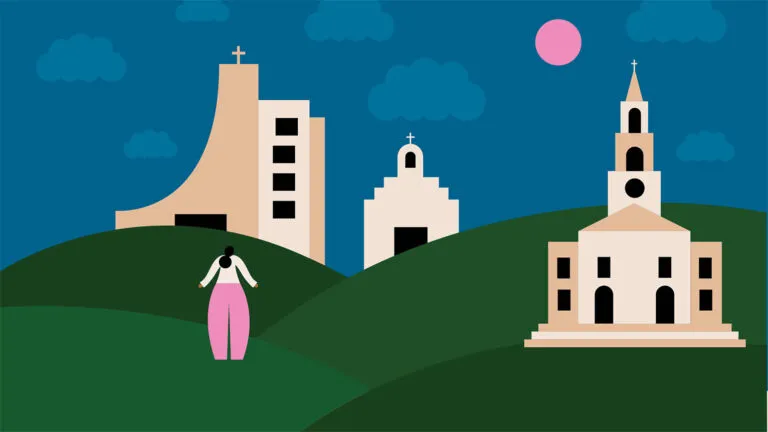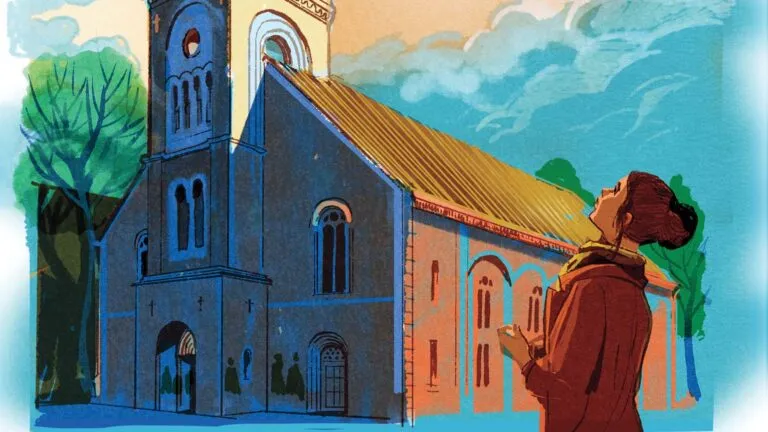The call came from the U.S. Department of Defense in 2006.
A young Marine from Melbourne, Florida, had been wounded in Iraq. Could I fly him home from Camp Lejeune, in North Carolina?
A couple months earlier, still getting used to retirement, I’d gone to my V.A. office in Minneapolis and volunteered to fly injured servicemen and women for free so they could reunite with their families or their units.
I was a wounded veteran, myself—an old Army helicopter pilot in Vietnam—and owned a plane.
The DOD official told me the Marine’s story.
“An I.E.D. (improvised explosive device) blew up beneath his vehicle,” he said, explaining that the young man had flown to Camp Lejeune to collect a purple heart and combat ribbon. “He was in a wheelchair, carrying crutches and his bag. Took him thirty minutes to clear airport security in Florida. Then he had to change planes in Atlanta, Birmingham and Charlotte before arriving at Camp Lejeune.”
The trip took 13 and a half hours. He arrived so exhausted, he couldn’t enjoy the ceremony. “Can you fly him home?”
What the Marine experienced broke my heart. Made me think of my own war injury and my lonely journey home.
In October 1968 I flew a helicopter gunship on a mission near Parrot’s Beak, close to the Cambodian border. I was 20, the third generation of my family to serve in the military.
We were laying down a carpet of suppressing fire while other helicopters ferried in troops. Suddenly one of our rockets misfired. Shrapnel ripped through our cockpit. A piece opened up my thigh. Another tore through my ankle, all but severing my left foot. I was conscious, but everything seemed to be happening in slow motion.
“Hang in there, Walt,” the gunner yelled. He freed me from my seat as the other pilot struggled to control the helicopter. Then he yanked off his belt and tied it in a tourniquet around my leg.
Doctors at the MASH unit and later at a U.S. Army hospital in Tokyo wanted to amputate. “No,” I insisted. “My foot will be fine.” I could feel my toes, so I thought there was hope.
But by the time I got to the base hospital at Fort Knox, Kentucky, 17 days later, I was in bad shape, physically and emotionally. I’d spoken to my parents just once since the injury. I hadn’t spoken to my fiancée, Julie, at all. All they knew was I’d hurt my leg. They didn’t know how bad.
I desperately wanted to see them. But Julie and my folks didn’t have much money, and they lived in Michigan, 550 miles away.
“We can’t afford to take off work,” my mom said. “We’ll have to wait till Thanksgiving.” That was two weeks away. Those weeks were the toughest of my life. I was so worried I couldn’t eat. Anxiety welled up inside me. I may never fly again, I thought. What will Julie think of me? Will she still want to marry me? What will I do with my life?
I’ll never forget the day Julie and my parents walked into my hospital room. It was like nothing about me had changed. Yes, I was hurt, but to them I was the same person they’d always known. I’m going to be okay, I thought. Thank you, Lord. That’s when my true healing began.
Six months later I walked out of the hospital, needing only a brace on my left leg. Three months after that I walked down the wedding aisle with Julie, using just a crutch. A week later I tossed that.
In the following years I did a lot of things. For a while I flew crop dusters. Julie and I moved to Minneapolis and I became an investment banker. I started my own company in the financial services industry. But I couldn’t forget those frightening weeks in the hospital, separated from my parents and fiancée. I never want another soldier going through that.
That’s what I was thinking the day I drove to the Minneapolis V.A. They liked the idea. My dream was to assemble a team of volunteer civilian pilots—people who owned their own small planes—who’d fly our fallen heroes and their families wherever they needed to go during their healing process. But I didn’t know how to organize that.
Then came the call from the DOD, about the injured Marine in Florida. I couldn’t get there to fly him. But I had to do something. Lord, help me help him. Suddenly I had a picture of who to call: a pilot friend who lives in Florida.
“I’d be honored to fly him home,” he said. My friend later told me, “Helping that Marine was one of the most moving experiences of my life.” He volunteered to fly more missions—what I call hero flights.
My friend’s pilots association signed up 40 volunteers. Three years later, our nonprofit has a name: the Veterans Airlift Command. Our volunteer pilots—we now have more than 1,250—have flown 1,500 hero flights.
There’s a momentum to this movement I couldn’t have orchestrated on my own. I think it’s because the Lord understands about honoring heroes.





